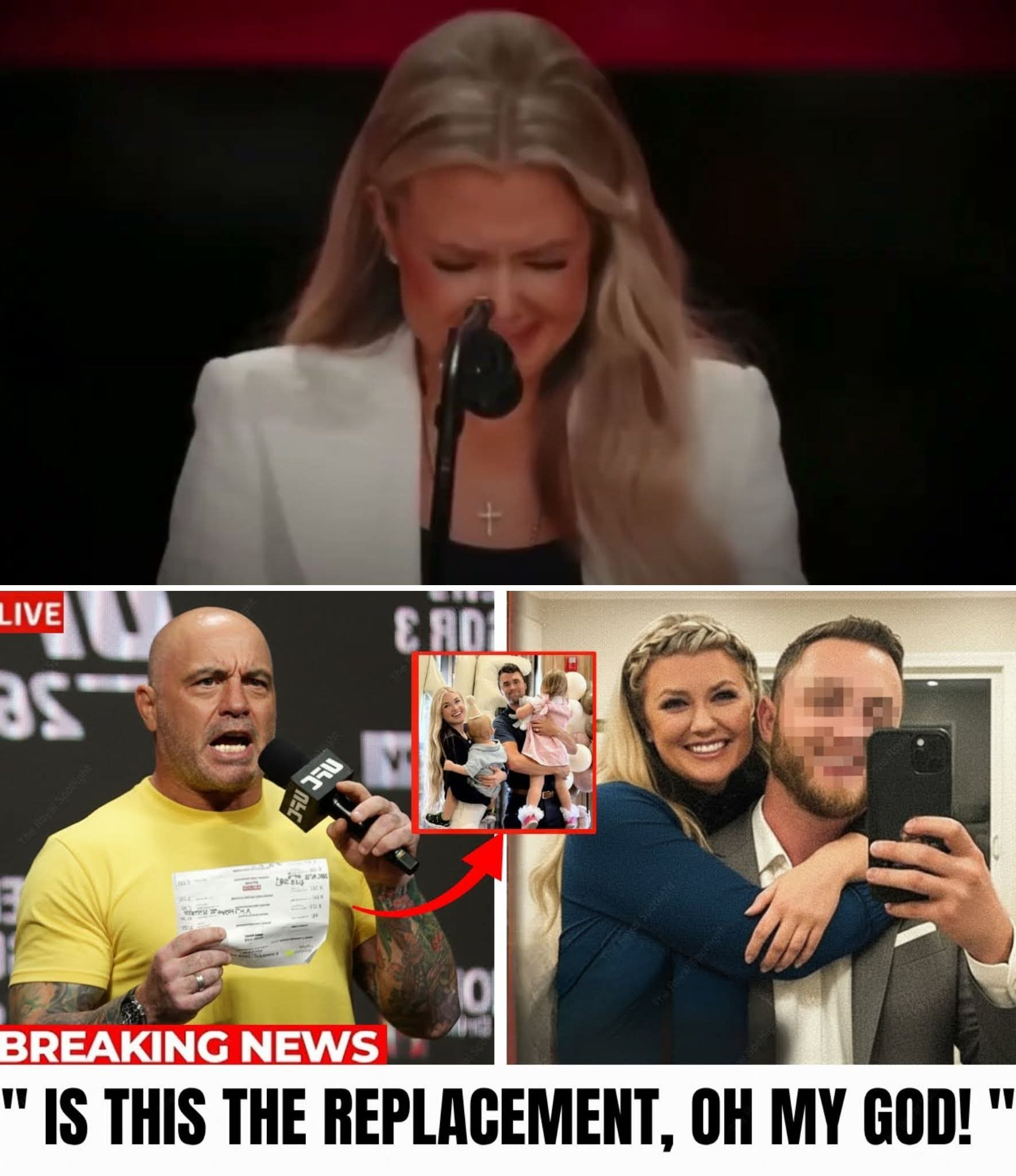CELEBRITIES
Candace Owens just made a chilling claim. She says Charlie Kirk was silenced because he was asking questions about topics he was warned to avoid: Epstein, powerful donors, and intelligence networks. He knew he was a target. Owens claims to have seen his private messages detailing a “betrayal” from someone close to him just days before his death. This wasn’t a random event; it was an execution. Who wanted Charlie Kirk silenced, and why? Full Story⤵️

Candace Owens says Charlie Kirk’s death was an execution tied to Epstein, donors and intelligence networks — she’s released private messages and alleges a close “betrayal.” Here’s what she claims, what’s verified, and what we still don’t know.
—
Quick summary (the essentials)
Charlie Kirk, founder of Turning Point USA, was fatally shot while speaking at a college event in Utah on September 10, 2025; authorities called it a targeted attack and the FBI took the lead in the investigation.
Candace Owens has publicly said she’s seen private messages from Kirk, alleges he was under pressure from powerful donors, and claims the shooting was not random but an execution linked to topics Kirk had been warned to avoid (she named Epstein, “powerful donors,” and intelligence networks as the sensitive subjects).
Owens also has described vivid dreams and “prophetic” impressions about Kirk and has publicly urged those she says betrayed him to “come clean.” Independent verification of the core allegation — that Kirk was “silenced” for asking specific questions about those topics — is not public and remains unproven.
—
What Owens is saying — details of the claim
On multiple platforms (podcast episodes, posts and shared screenshots), Candace Owens has:
1. Released screenshots she says are private messages from Kirk dated days before his death in which he complained about losing major donors and pressure around certain public guests and topics.
2. Stated that Kirk “knew he was a target” and described the incident as an execution, not random violence — implying an organized decision to silence him because of what he was asking about (mentions include Epstein-related questions, influential donors, and intelligence networks).
3. Suggested internal betrayal — that someone close to Kirk leaked or enabled the situation — and pushed for those individuals to be exposed.
—
What’s been verified so far
The fact of Kirk’s assassination at a Utah college event is established and was widely reported; the FBI has publicly described the shooting as a targeted attack and released forensic updates as part of the ongoing probe. These are the confirmed, factual anchors.
Turning Point USA and associates have acknowledged the existence of some private messages and responded publicly; spokespeople characterized the messages as venting and emphasized the complexity of Kirk’s views and donor relationships. That acknowledgement does not prove a motive for murder.
—
What remains unproven or speculative
Causal link: Owens’ claim that specific donors, intelligence networks, or Epstein-related inquiries directly motivated an assassination has not been corroborated by law enforcement or independent reporting. No publicly available evidence ties any donor, agency, or named individual to ordering or carrying out the killing.
Authenticity vs. interpretation: While some sources report the messages Owens shared are consistent with Kirk’s known frustrations and have been described as genuine by associates, authenticity of specific screenshots and the interpretation (that they demonstrate motive for murder) are two different things. Experts caution that private venting does not equal a death sentence or a conspiracy.
—
Reactions and consequences
Turning Point USA issued public responses to the leaks, framing the messages as private venting and defending Kirk’s record and intentions.
Public and political reaction has been intense: vigils, high-profile statements, and a torrent of social-media speculation followed the assassination. Conspiracy theories have spread rapidly, amplified by influencers and partisan media, which complicates the public understanding of verified facts.
—
How to evaluate Owens’ claim responsibly
1. Separate three things: (a) the text messages (are they authentic?), (b) the claim about donor/pressure dynamics (are those true and relevant?), and (c) the claim of orchestration/execution (is there evidence linking actors to the killing?). So far, (a) has partial confirmation by associates, (b) is plausible and debated, and (c) has no publicly confirmed evidence.
2. Look for law-enforcement findings. The FBI is the authoritative source for motive and perpetrator; until hard investigative findings are released, causal assertions remain allegations.
3. Beware amplification. Claims involving high-profile donors, intelligence services or topics like Epstein attract rapid spread. Distinguish firsthand evidence from speculation and quote/unquote attributions.
—
Bottom line
Candace Owens has made dramatic, high-stakes allegations — sharing private messages and accusing powerful actors of orchestrating Charlie Kirk’s death. Those claims are newsworthy and deserve vigorous reporting and follow-up. But as of the latest public records and law-enforcement statements, there is no publicly verified proof linking donors, intelligence networks, or named individuals to ordering or carrying out Kirk’s killing. The FBI’s investigation remains the critical source for verified conclusions; everything beyond that should be treated as allegation, not proven fact.











